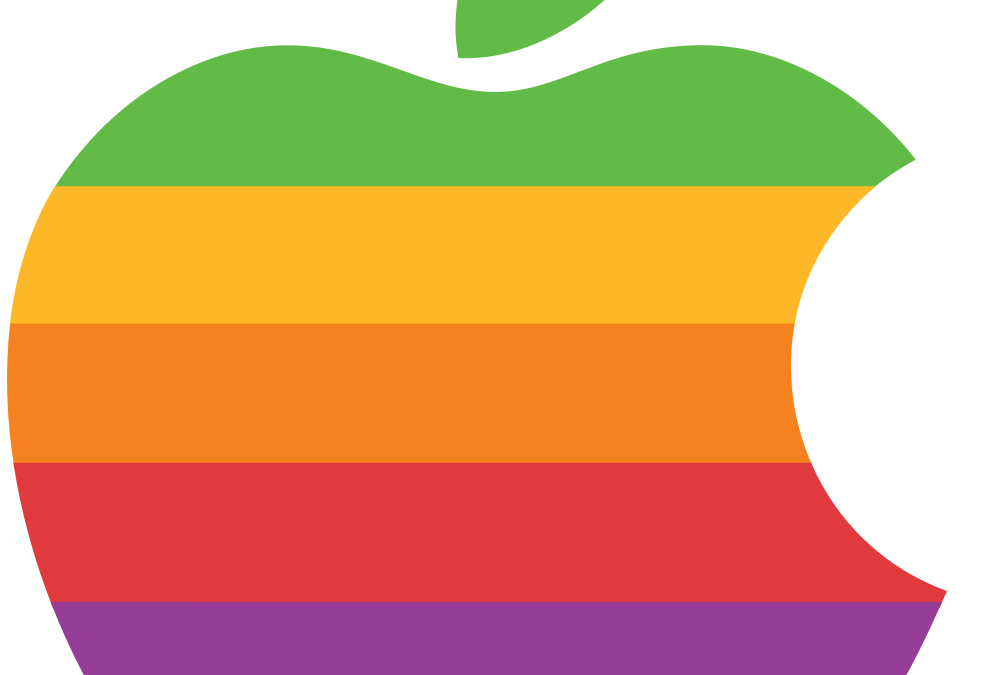As an admitted Apple fanboy, I was thrilled to see all of the amazing announcements on Monday from the keynote address at WWDC, the Apple Worldwide Developer Conference. While I still regularly using Apple hardware for my desktop and tablet, I moved to an Android phone 18 months ago and frankly haven’t missed my old iPhone. Although I would likely need to see some improvements on the hardware side to switch back to the iPhone, I am hopeful that Apple can bring me back into the fold with iPhone 6 this fall.
That said, for schools and teachers, there wasn’t a lot of excitement in Monday’s announcements. There still isn’t a great management platform for iOS devices and, in my opinion, iOS devices are really intended to be personal devices and don’t play well in a multiuser environment which is unfortunately necessary in many schools.
There is one thing, somewhat hidden in the nerdiest announcements for developers, that could have a great impact in classrooms. Apple has announced the release of a new programming language, Swift, that allows developers to create applications on both the OSX and iOS platform.
Apple’s own marketing material claim a revolution, touting “Swift’s clean slate, backed by the mature and much-loved Cocoa and Cocoa Touch frameworks, is an opportunity to reimagine how software development works.”
Early external reviews seem to support this. Code School called the their early impressions “very positive,” while the MIT Technology Review suggests that coding students will benefit from many of the changes.
Of course, any Apple programming language has the inherent limitation of only working on Apple devices, including Macs and iOS devices like the iPad, iPhone and iPod Touch. However, Apple is continually increasing sales in that sector, topping a billion (with a B!) dollars last year and an astounding 94% of the education tablet market.
In light of the increasing interest around coding and computer science, is this the language that can inspire the next generation to create their own apps?
I have started the process of studying Swift. Apple provides a great, free ebook that introduces the basics, available in the iBooks store. This could be a very interesting development!

